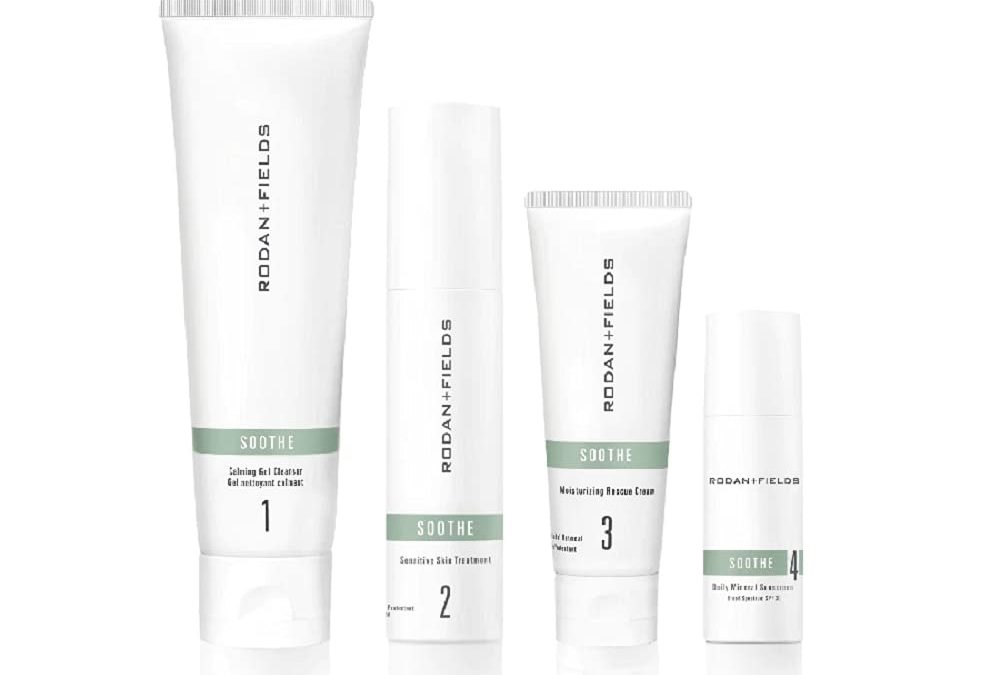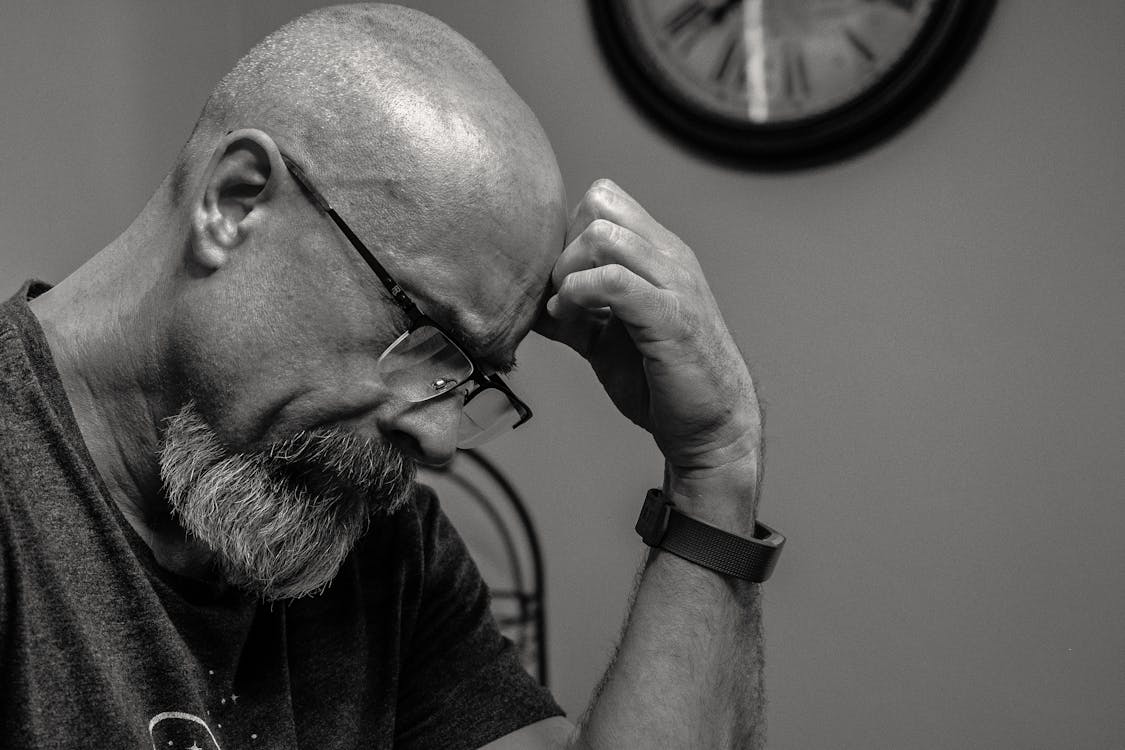What Causes Balding?

written by nail expert Jess Rowley
What Causes Balding?
Are you wondering what causes female pattern hair loss or male pattern baldness?
Well, it can be worrying when you start to notice your hair falling out or thinning around the hairline. And it’s even more frustrating when you find out all of the reasons that this could be happening.
Fortunately, hair loss and thinning hair don’t always mean that there is something serious going on with you. You may suffer from temporary hair loss due to a new medication or stress but of course, there are some more serious causes all of which, we’ll cover in this article.
It’s worth remembering that female pattern baldness and male pattern hair loss is not something to be ashamed of and there are ways to treat hair loss which if you’re interested in, we’ve also discussed in our article how fast does men’s hair grow?
In this article, we’ll cover the reasons why hair falls out as well as some ways that you can encourage hair growth or help to prevent conditions or catalysts that lead to hair loss if you aren’t already experiencing male or female pattern hair loss.
Stages Of The Hair Growth Cycle
- Anagen – Every hair root contains cells of protein and as blood circulates around the body, it delivers oxygen and nutrients to these protein cells, which is required for them to multiply. As the protein cells multiply, they build new hair, which pushes up through the skin.
- Catagen – As this new hair grows out of the skin, it passes an oil gland that lubricates the hair with natural oils that it needs to stay soft.
- Telogen – There’s a resting phase after this in which hair will sit for a while.
- Exogen – The hair is already dead once it’s long enough to push through the skin. As new hair grows underneath, it pushes the dead hair out of the skin which is what causes hairs to fall out and shed
Medical Conditions That Can Cause Balding
Traction alopecia
Some hairstyles, like tight ponytails, braids, cornrows, or extensions, can pull and provide stress on the hair follicles which can sometimes lead to traction alopecia or hair loss due to the repeated tension on the hair and scalp. This kind of hair loss can be reversible early on, but if prolonged, then it can become permanent.
Alopecia areata
This is an autoimmune disease where the body attacks its own hair follicles. Alopecia areata can damage the hair roots, resulting in hair loss. With this kind of hair loss, it’s had to determine whether the hair will grow back.
Anagen effluvium
This is where a toxic substance impairs the hair follicle during the anagen phase which often causes sudden but typically reversible balding. You’ll find that this kind of hair loss is commonly associated with chemotherapy, but radiation therapy and other drugs can also cause it.
Telogen effluvium
This cause of losing hair results from major stress or shock and normally develops around 2 to 3 months after an event such as surgery, physical trauma, illness, or severe weight loss. In most cases of this type of hair loss, the hair grows back within 2 to 6 months.
Tinea capitis
Tinea capitis is a particularly nasty type of hair loss and consists of ringworm of the scalp. It happens when fungi infect the scalp and hair shaft, which leads to a localized scaly patch. This can cause scarring and, in some cases, permanent hair loss if not treated early.
Androgenetic alopecia
Androgenetic alopecia is probably one of the most common causes of hair loss in both men and women. In men, this condition is also known as male-pattern baldness. Hair is lost in a well-defined pattern, beginning above both temples.
As time passes, the hairline recedes to form a characteristic “M” shape and even further hair loss can occur in some cases. There is no proven way to treat this type of hair loss, however, the process of androgenetic alopecia normally takes place over many years so you won’t wake up one morning with patchy hair loss or no hair at all.
Hair Loss In Women
Hair loss is very common with over 35 million men and 21 million women experiencing it in the US alone. The tricky thing about hair loss is that there are many causes, many of which cannot be treated effectively with there still being no definitive cure to regrow hair.
However, there are products and even treatments that can be used to reduce the appearance of thinning hair such as thickening pastes and spraying on hair fibers which, while don’t work as a permanent solution, do help to ease the visual side effects that come when you lose hair. (check out our buyer’s guide on best men’s hair products for thin hair).
The point is, anyone can experience hair loss but we know that it can be even more troubling for women as men are much better at being able to pull off the bald look leading to women feeling increasingly more insecure when hair thinning occurs.
Types of women who may experience hair loss
- – Women who are older than 40.
- – Women who have recently given birth
- – Women who have had chemotherapy or have been affected by other medications.
- – Women who often have hairstyles that pull on the hair or use harsh chemicals on their hair.
- – Menopausal women.
During menopause, women may experience either hair growing where it didn’t before, or alternatively, the hair might start to thin. This is potentially due to changing levels of hormones during menopause where estrogen and progesterone levels fall, meaning that the effects of the androgens, male hormones, are increased.
Female Hair Loss Treatment
Hair Replacement Surgery – This is where small pieces of the scalp with hair follicles are taken from the back of the head and moved to slits in the areas of baldness. Potential problems with this treatment include the usual risks of surgery like infection, folliculitis, and shock loss where the hair falls out in the transplant area.
Waiting – If the hair loss is a result of hormonal changes such as with pregnancy, then hair may, and usually will, grow back on its own.
Changing Hairstyle – In cases where the hair loss is due to pulling hair back or other tension, you should try changing your hairstyle or avoiding any chemical treatments that may be causing the problem.
Supplements – If your hair loss is a result of nutritional deficiencies then taking a multivitamin or other supplements to replace what is missing may promote hair growth.
Prescription Drugs – There are many topical over-the-counter treatments that may help with hair regrowth however, the results of these are inconsistent and effectiveness varies from person to person. Some of these medications include Minoxidil, Finasteride, Spironolactone, and hormone therapy.
How You Can Avoid Hair Loss
Healthy Diet – A diet that lacks a variety of nutrients may lead to hair loss.
Decrease Hair Tension – Tight hairstyles, like ponytails or braids, can damage your hair follicles.
Quit Smoking – Some research suggests a link between smoking and hair loss.
Be Careful of Heat – Styling tools like blow dryers and hair curlers/straighteners may contribute to root damage. (see how to blow dry men’s hair for advice)
Scalp Massage – Some recent research has shown that regular scalp massages may help promote hair growth. However, don’t do it too much as constant rubbing and stress on your follicles may cause damage.
Switch Medication – If your current medication causes balding, ask your doctor about alternatives.
Cooling Cap – If you’re getting chemotherapy, a cooling cap may help reduce hair loss after treatment.
Frequently Asked Questions
Does anything actually stop balding?
In most cases, hair loss actually can be prevented, BUT taking early action is important. If you start to notice thinning and shedding or hair loss of any kind, it’s important to get on a regimen as soon as possible.
Is baldness a problem?
It can be the result of heredity, hormonal changes, medical conditions, or a normal part of aging. Anyone can lose hair on their head, but it’s more common in men. Baldness typically refers to excessive hair loss from your scalp. Hereditary hair loss with age is the most common cause of baldness.
Does wearing a hat cause baldness?
While wearing a hat does not usually cause baldness, it is possible that anything a person puts on their head may cause hair loss if it pulls the hair. This is called traction alopecia. Hats don’t usually pull the hair, but a very tight hat that puts pressure on the scalp or pulls the hair may.
What are the best products for hair regrowth?
Hair regrowth is tricky but there are some quality products out there that many have found helpful in their efforts to prevent hair balding. If you want some of my recommendations then check out my guide to the best men’s hair regrowth.

Best L’Oreal Products For Men
[Review] in 2022 written by nail expert Jess RowleyCheck out the results fast - here are our review winners[dica_divi_carousel item_width_tablet="400px" item_width_phone="345px"...

Best Neutrogena Skincare Products
[Review] in 2022 written by nail expert Jess RowleyCheck out the results fast - here are our review winners[dica_divi_carousel item_width_tablet="400px" item_width_phone="345px"...

Best Nivea Products For Men
[Review] in 2022 written by nail expert Jess RowleyCheck out the results fast - here are our review winners[dica_divi_carousel item_width_tablet="400px" item_width_phone="345px"...

Best Rodan+ Fields Products
[Review] in 2022 written by nail expert Jess RowleyCheck out the results fast - here are our review winners[dica_divi_carousel item_width_tablet="400px" item_width_phone="345px"...





